Big cities across the United States are enacting policies to limit the light being emitted from commercial buildings due to light pollution and energy usage. New York City, Pittsburg and Flagstaff, Arizona have already begun putting policies in place to limit the amount of light after a certain hour. New York’s Dark Skies Act requires lights from non-essential outdoor light to be turned off after 11 pm as a way to improve the life of migrating birds. When the lights are too bright, it distracts the birds and puts their lives in danger. Pittsburg has mandated the type of bulbs used in streetlamps that have low-wattage and don’t emit as much blue light plus have shades to streetlamps to lower the effect it has on surrounding areas.
Some areas across the world are designated Dark Sky Places. Flagstaff, Arizona is included in the International Dark Sky Places. A designated Dark Sky place is mandated by the International Dark Sky Association. Their goal is to limit light pollution and promote the preservation of dark skies, so people are able to see the stars.
Turning off lights and switching to LED lighting will also help lower energy consumption, especially in commercial buildings. Electric lighting accounts for 40 percent of energy usage within commercial buildings and switching to LED lighting will help lower energy usage. LEDs don’t require as much energy to perform as alternative lighting because they don’t need heat to conduct light. This also gives more room for LEDs to give off brighter lighting and faster. Installing lighting controls and converting a commercial facility into an intelligent building can also help facility managers follow their states regulations. Lighting controls can be managed by zone, so when the curfew for non-essential lighting has started, a timer can automatically turn off those lights.
Click here to read the full article, originally published March 23, 2023, by JLL.



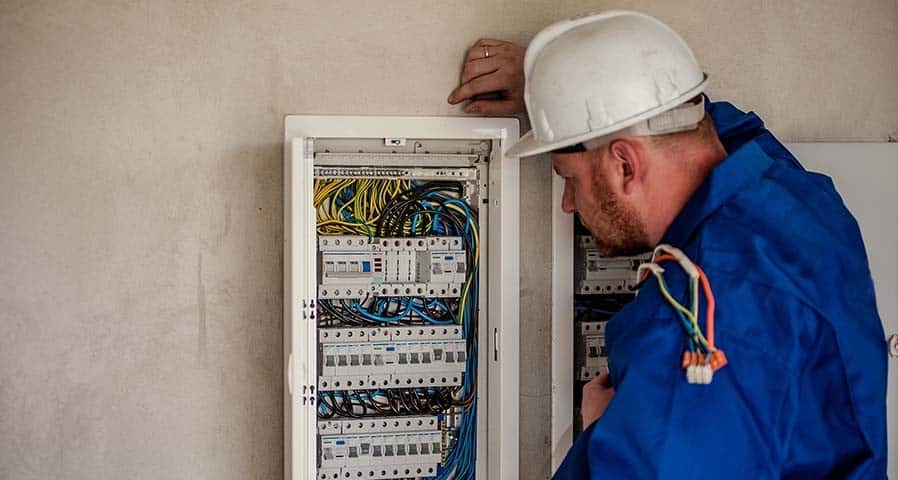

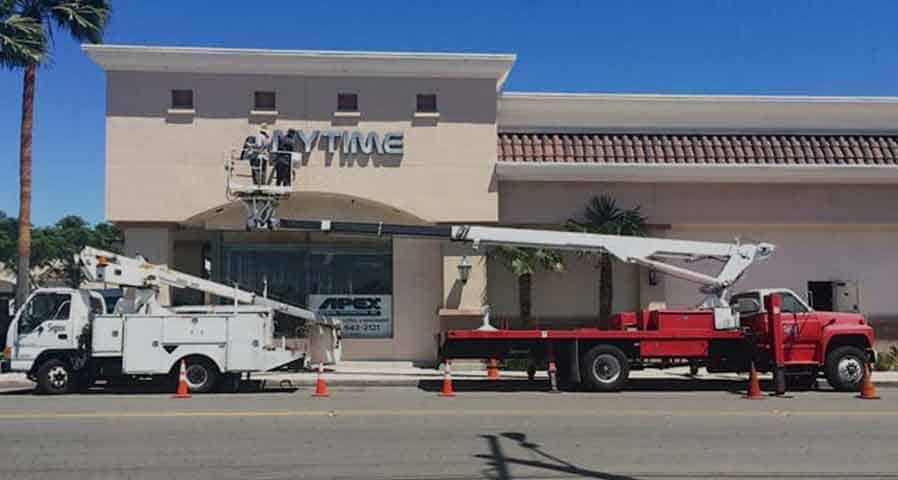

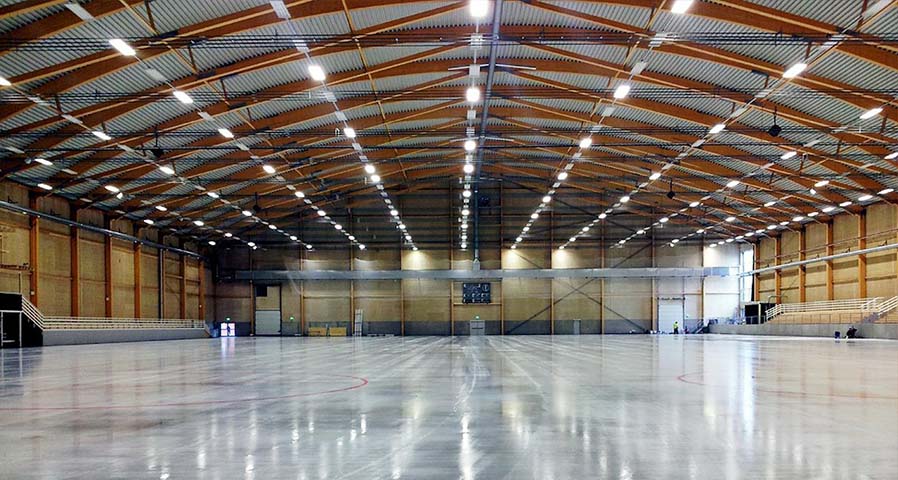
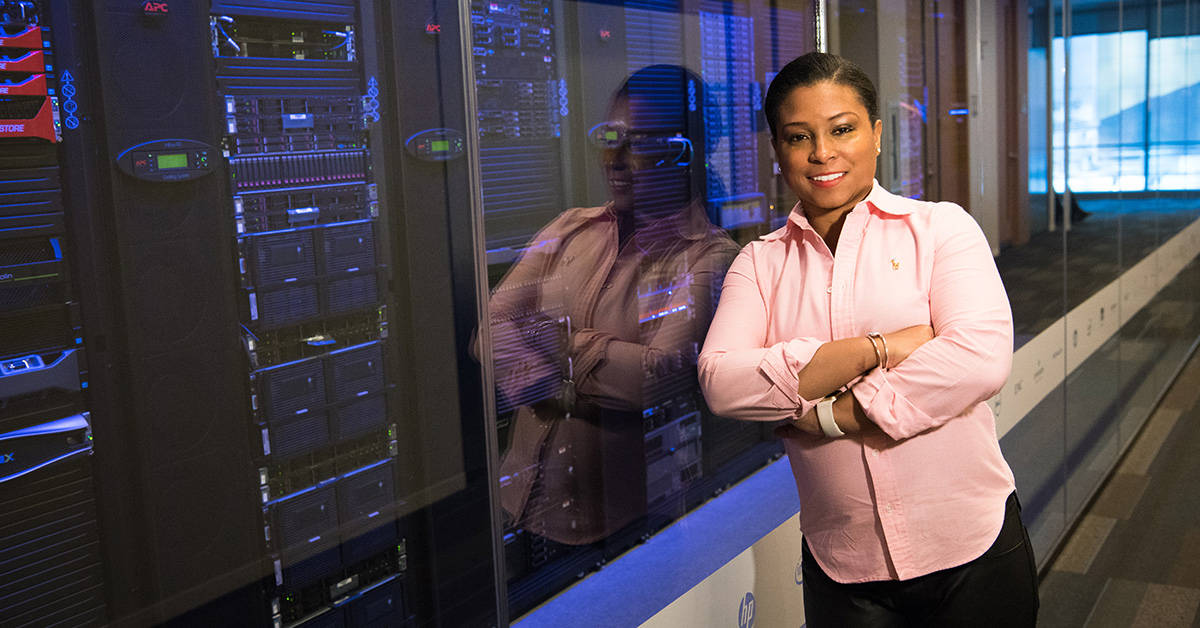





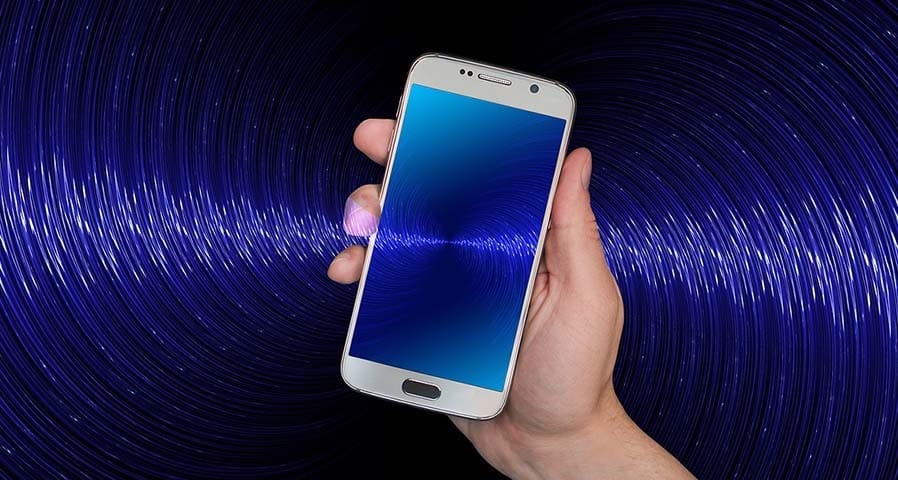

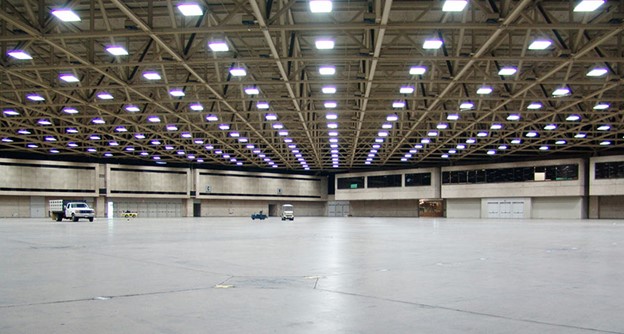
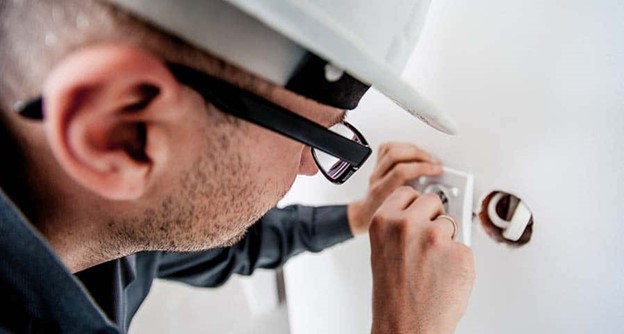
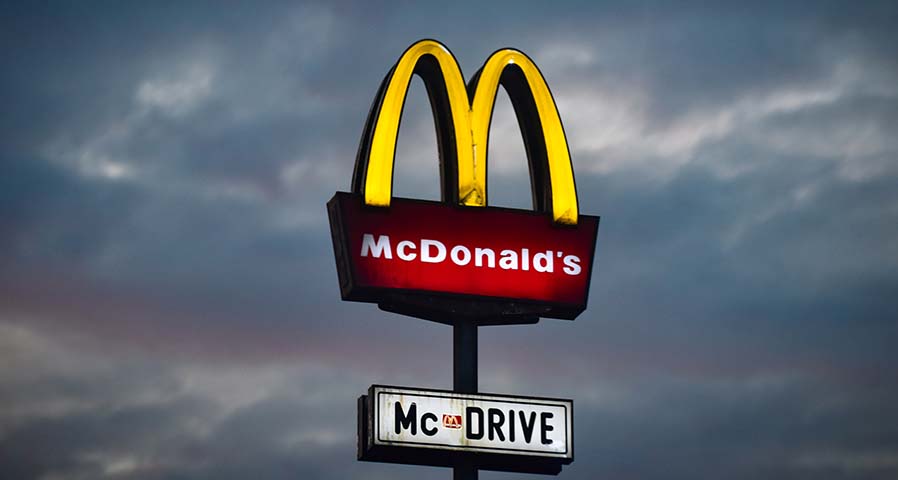
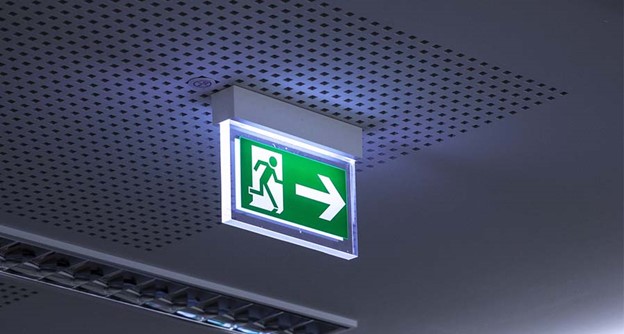
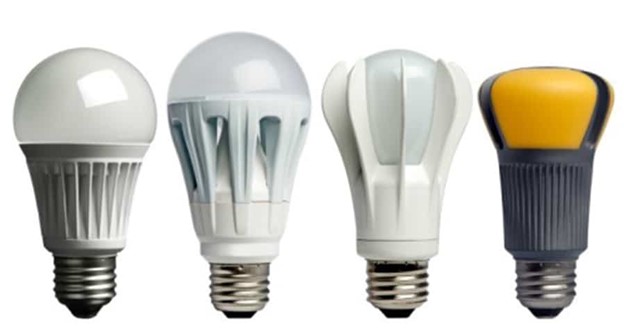
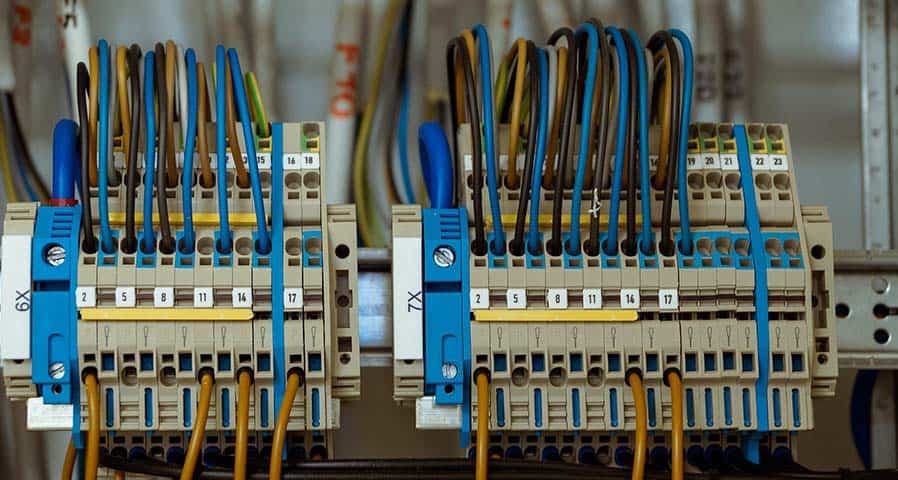
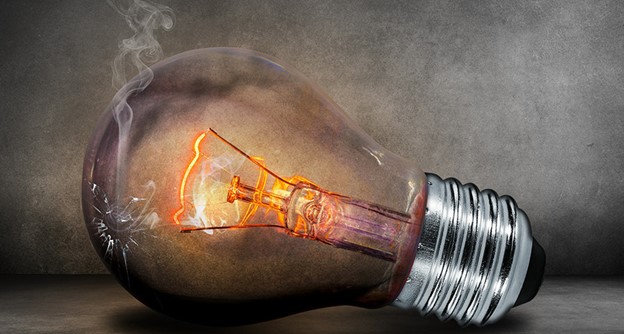


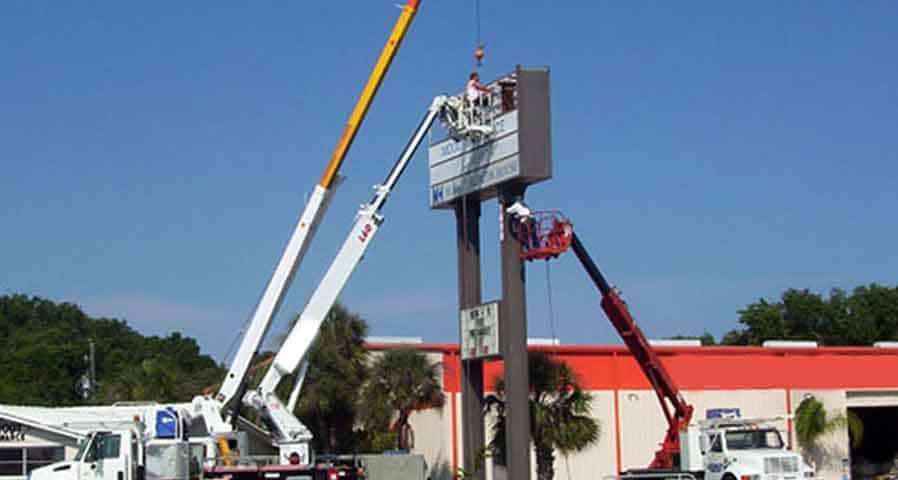

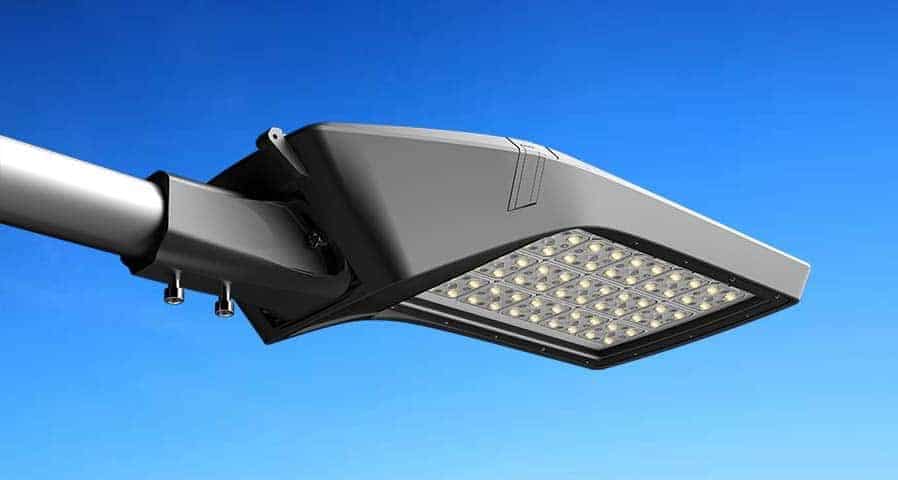
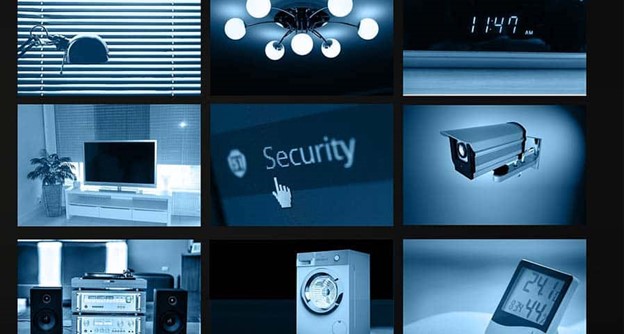

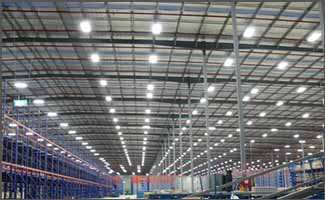
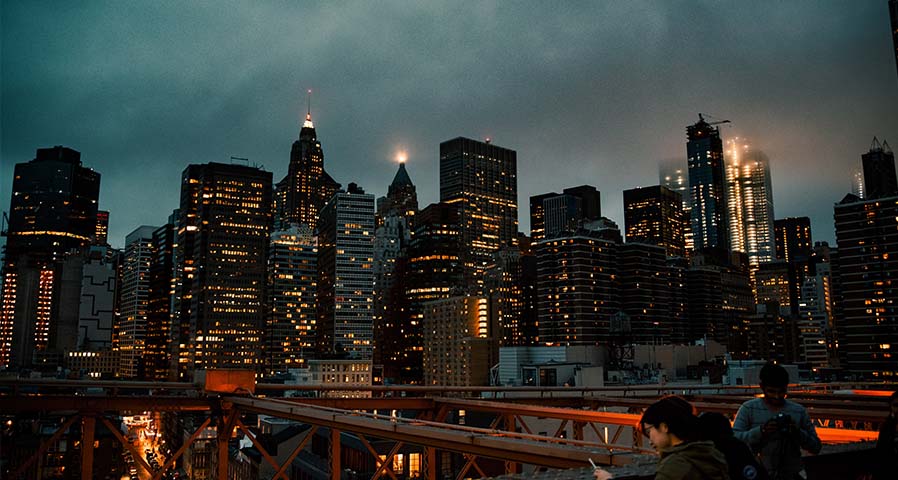







0 Comments